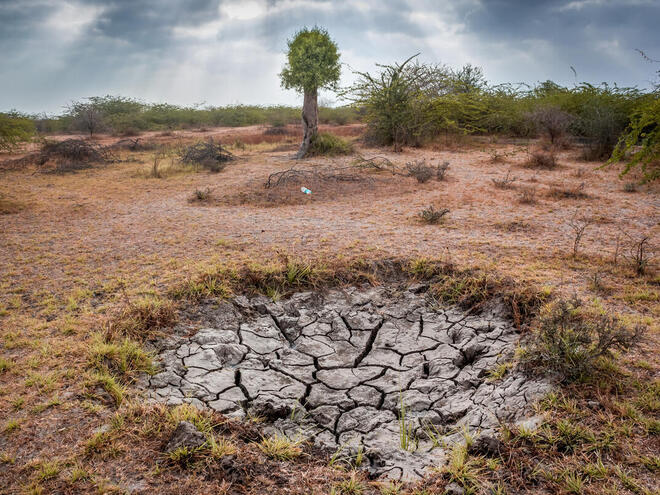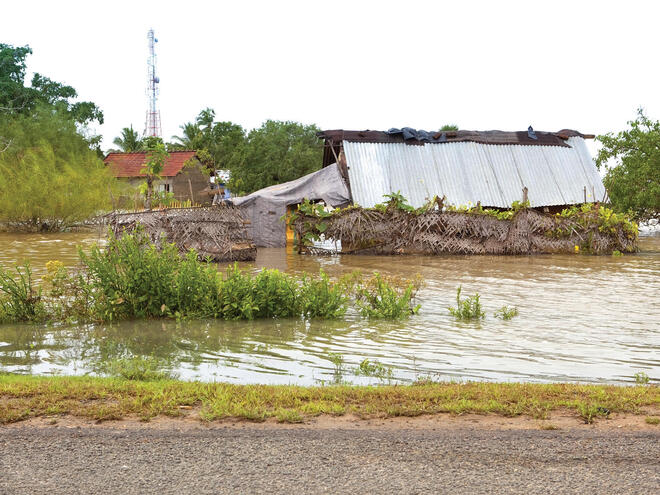Chicago Health Academy for Medical and Pharmacy Education Interdisciplinary Studies Blog
The Chicago Health Academy for Medical and Pharmacy Education Interdisciplinary Studies Project: a collaboration between Chicago State University School of Pharmacy, Roosevelt University School of Pharmacy, UIC Urban Health Program, and the City Colleges of Chicago
PSM Now and Future Study Help for Pre - Health Science Students
We Convene Math and Science Help for Health Science Students
- A Mathematical Model for the Burden of Diabetes and its Complications at Notion
- Biopython
- CHAMPEIStatSeminar at Google Classroom
- Chemspider
- ChemSpiPy
- Chicago Urban Living Animal Plants Species Endangerment Series at Notion
- CULAPSED Schiller Woods Notebook
- Modeling and Quantifying of Population Dynamics in Public Health Slides
- Sympy Computer Algebra System
- The Pima Paradox Comic Book Discussion
Monday, November 11, 2024
Computer Languages (clcoding): Fractal Data Science Professional Certificate
Wednesday, June 26, 2024
What happened to all the American Chestnuts?
The American Chestnut
Insect Ecology Series
Every species is connected in an ecosystem. They each directly or indirectly impact the success or decline of other species in that system, creating a self-correcting balance of organisms.
However, an outside influence can create an imbalance that can tip the scales and create a cascading effect throughout the system.
That’s the story many researchers are still trying to untangle about the decline of the American chestnut tree (Castanea dentata).
Before the start of the 20th century, the American chestnut was the dominant overstory tree in forests of the eastern United States. Then, with the accidental introduction of a fungus that causes chestnut blight, the forest composition changed completely in just 50 years.
American chestnut trees were either killed by the blight or harvested by those trying to salvage what lumber they could before the blight took over. This impacted wildlife that depended on the chestnuts for food at certain times of the year.
But what about insects? What species were abundant on chestnut trees that might forever remain unrecorded, unobserved, or undescribed?
That’s the question researchers at Hofstra University sought to answer in a new study published this month in Environmental Entomology.
Karissa Hough, an undergraduate student in biology at Hofstra University, worked with the Greentree Foundation on Long Island, New York, to search for leafminers and stem miners on American chestnut trees.
“I was fortunate enough to get an internship with Greentree Foundation as an undergraduate,” Hough says. “There was an opportunity to survey for leafminers that feed on American chestnut. At that time, I didn’t even know what leafminers were!”
Leaf and stem miners are a broad group of insects that feed as larvae just under the surface of plant leaves and stems, often leaving a visible scar along their tunnel path in the plant tissue. Among them are species of moths, flies, beetles, and sawflies.
Hough worked with additional researchers at Hofstra University, the Greentree Foundation, the State University of New York at Old Westbury, and the Smithsonian National Museum of Natural History to survey for leaf and stem miners on American chestnuts and other non-native chestnut species. The Greentree Foundation owns a property on Long Island, New York, with a remnant patch of American chestnuts and several species of non-native chestnut trees.
Tuesday, May 28, 2024
Saturday, May 4, 2024
Saturday, April 27, 2024
Friday, February 23, 2024
Friday, December 29, 2023
Thursday, November 30, 2023
We’re experiencing the hottest year in human history. World leaders must act now to fight the climate crisis.
 World leaders must make a dramatic course correction in ambition and action to fight the human-caused climate crisis.
World leaders must make a dramatic course correction in ambition and action to fight the human-caused climate crisis.Published November 29, 2023 at 06:00PM
View on Worldwildlife.org
Tuesday, November 28, 2023
COP28: A crucial moment for climate action
 The United Nations’ 28th annual climate summit in Dubai is being held at a critical time, coming a year of record-breaking temperatures and extreme weather events around the world
The United Nations’ 28th annual climate summit in Dubai is being held at a critical time, coming a year of record-breaking temperatures and extreme weather events around the worldPublished November 27, 2023 at 06:00PM
View on Worldwildlife.org
Monday, November 20, 2023
The climate crisis will lead to conflict at sea. A new platform helps predict where—and how to prevent it.
 WWF's Oceans Futures platform uses global climate and fisheries models to flag global regions that will likely see greater conflict, food insecurity, or geo-political tensions over ocean resources.
WWF's Oceans Futures platform uses global climate and fisheries models to flag global regions that will likely see greater conflict, food insecurity, or geo-political tensions over ocean resources.Published November 19, 2023 at 06:00PM
View on Worldwildlife.org
Wednesday, November 15, 2023
A brief history of carbon in our atmosphere
 Carbon is essential to life on Earth. As the atmosphere has evolved, the amount of carbon in it has increased due to human activity, mostly from burning fossil fuels, resulting in the climate crisis.
Carbon is essential to life on Earth. As the atmosphere has evolved, the amount of carbon in it has increased due to human activity, mostly from burning fossil fuels, resulting in the climate crisis.Published November 15, 2023 at 06:00PM
View on Worldwildlife.org
Monday, November 13, 2023
New guide helps ensure infrastructure works for people—and the planet
 Putting nature at the heart of infrastructure design offers a great way to help halt and reverse biodiversity loss and reduce greenhouse gas emissions.
Putting nature at the heart of infrastructure design offers a great way to help halt and reverse biodiversity loss and reduce greenhouse gas emissions.Published November 12, 2023 at 06:00PM
View on Worldwildlife.org
Thursday, November 9, 2023
Camera traps showcase Malaysia’s incredible biodiversity
Published November 08, 2023 at 06:00PM
View on Worldwildlife.org
Tuesday, November 7, 2023
Q&A: Activist Betty Osei Bonsu on plastic waste, finding solutions, and galvanizing youth
 Activists play a significant role in encouraging governments to effectively tackle the plastic pollution crisis. Among them is Betty Osei Bonsu, who is mobilizing youth to fight for a solution.
Activists play a significant role in encouraging governments to effectively tackle the plastic pollution crisis. Among them is Betty Osei Bonsu, who is mobilizing youth to fight for a solution.Published November 06, 2023 at 06:00PM
View on Worldwildlife.org
Saturday, November 4, 2023
Oysters: an unsung hero in a changing climate
 Oysters, in all their stunning variety and storied reputation for pearls and elegant cuisine, play an exemplary–if often unacknowledged–role in mitigating the effects of our warming planet.
Oysters, in all their stunning variety and storied reputation for pearls and elegant cuisine, play an exemplary–if often unacknowledged–role in mitigating the effects of our warming planet.Published October 29, 2023 at 07:00PM
View on Worldwildlife.org
Wednesday, June 28, 2023
WWFs Daniel Vernick on pride nature and the climate crisis
 WWF's Daniel Vernick reflects on pride, nature, and the climate crisis in commemoration of LGBTQ+ Pride Month.
WWF's Daniel Vernick reflects on pride, nature, and the climate crisis in commemoration of LGBTQ+ Pride Month.Published June 27, 2023 at 07:00PM
View on Worldwildlife.org
Tuesday, June 20, 2023
Five myths about bees: The truth about these remarkable insects

Published June 15, 2023 at 07:00PM
View on Worldwildlife.org
Tuesday, June 6, 2023
How the climate crisis could impact our future
 A new report by an international body of scientists shows the increasingly severe climate impacts people and nature face. WWF added plants and animals to highlight how climate change affects all life.
A new report by an international body of scientists shows the increasingly severe climate impacts people and nature face. WWF added plants and animals to highlight how climate change affects all life.Published June 05, 2023 at 07:00PM
View on Worldwildlife.org
Tuesday, May 30, 2023
Can the outdoors help our health? WWF’s Elisabeth George reflects on nature and well-being
 Here's how nature can help reduce stress
Here's how nature can help reduce stressPublished May 23, 2023 at 07:00PM
View on Worldwildlife.org
Wednesday, May 24, 2023
World leaders aim to take major step toward tackling plastic pollution
 This meeting will be the first time negotiators start mapping out the basis for the treaty’s framework before the first draft is started later this year.
This meeting will be the first time negotiators start mapping out the basis for the treaty’s framework before the first draft is started later this year.Published May 23, 2023 at 07:00PM
View on Worldwildlife.org
Computer Languages (clcoding): Fractal Data Science Professional Certificate
Computer Languages (clcoding): Fractal Data Science Professional Certificate : What you'll learn Apply structured problem-solving tec...
-
Computer Languages (clcoding): Fractal Data Science Professional Certificate : What you'll learn Apply structured problem-solving tec...
-
The American Chestnut Insect Ecology Series What happened to the Insects that feed on them? Every species is connected in an ecosystem. The...

